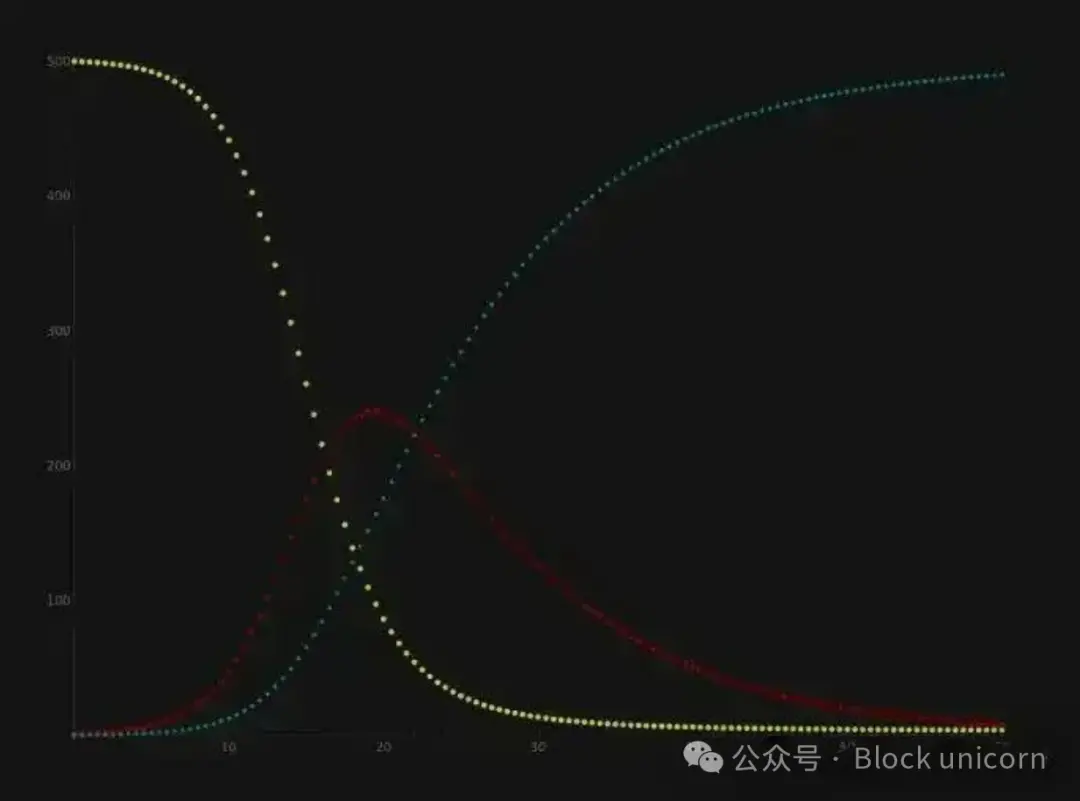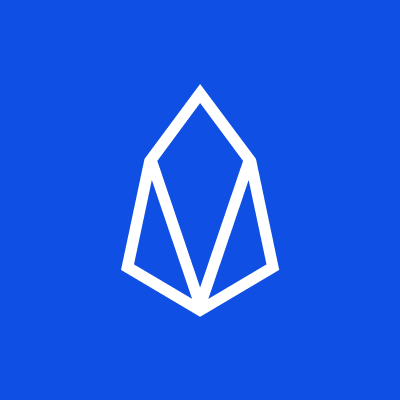A Brief History of Meme Coins: Grasping Future Trends
Original Title: A Brief History of Memecoins: Their Past and Future
Author: Jerome
Compiler: Block unicorn
What is a Meme?
A "meme" is a unit of cultural ideas and symbols that spreads and propagates continuously in people's consciousness. Like genes, the ability of memes to spread varies. Those that resonate strongly tend to endure, while those with less impact are quickly forgotten.
The internet introduced the concept of "internet memes," which facilitate the rapid dissemination of memes and cultural ideas through images, videos, GIFs, and jokes. One study compared the spread of internet memes to the spread of diseases, noting that "memes spread in a manner similar to diseases propagated by the SIR model," infecting "individuals."
The spread of internet memes is akin to the spread of infectious diseases.

"Memecoins" are cryptocurrencies whose value is entirely derived from the associated memes. Essentially, they bring economic value to the concept of memes.
With the emergence of memecoins, cultural ideas, symbols, and their dissemination can be traded and speculated upon. Their value is based on the relevance of the meme and its ability to capture public opinion, thus creating a new market that quantifies cultural resonance and has financial value.
A Brief History of Memecoins
The following table and charts provide a brief overview of the cryptocurrency cycles and the memecoins that surged during these cycles:


POW Memecoins
Proof of Work (POW) memecoins are primarily designed to allocate resources to miners for the mining and sale of new tokens. Many of these memecoins initially appeared in the "altcoin" subforum on Bitcointalk. Although many memecoins failed to enter exchanges, those that succeeded were traded on now-defunct platforms like Cryptsy and BTC-E. Each memecoin is typically distinguished by factors such as name and branding, hash algorithm, block time, and supply, all of which contribute to its overall narrative (or "meme").

The first wave of tokens in the post-Bitcoin era was "memecoins," which offered little intrinsic value beyond new ideas. The above image shows some examples:
All of these tokens, except for Litecoin, have perished (due to reasons including low trading volume and market cap, lack of exchange support, and vulnerability to 51% attacks). This can be attributed to several factors: weak meme stickiness (lack of cultural longevity) and participation cost issues (each memecoin is a complete blockchain).
Litecoin's enduring popularity may be attributed to its meme value derived from Bitcoin (digital silver), its earlier emergence compared to other memecoins, and the continued support from numerous exchanges.
Dogecoin: The First Memecoin
In the summer of 2013, the original Dogecoin ("Wow, much wow") began to spread on 4chan and Reddit. On December 8, 2013, Jackson Palmer and Billy Markus launched Dogecoin on Bitcointalk, leveraging this cultural trend. It was the first cryptocurrency based on an internet meme.
The success of Dogecoin spawned a new category of cryptocurrencies that are fun, humorous, and ironic, using celebrities (like Kanye West, Max Keiser), animals (like Pandacoin), or aimed at attracting specific communities. These were launched as Proof of Work tokens in the "altcoin" subforum on Bitcointalk. The "technical details" became less important; everything revolved around the "meme." The following image shows some examples:

The ICO Boom and the Rise of Ethereum
The rise of Ethereum sparked a wave of innovation, bringing new use cases, better user experiences, and new users.
Some specific improvements include:
Easier token issuance (ERC20 standard)
Attracting new user groups (non-miners)
Token creators can earn more money (unlike zero-pre-mined PoW tokens, ERC20s are sold directly through ICOs)
Introduction of interoperability/unified ecosystem/unified wallets (through ERC20)
The ICO era birthed a wave of more "serious" projects, such as theDAO, Filecoin, Tezos, EOS, Cardano, Tron, and Bancor, aiming for utility or purpose beyond meme value. During this period, while some memecoins were not particularly noteworthy, they still garnered some attention.
One example is the Useless Ethereum Token, launched in June 2017, which mocked the concept of ICOs and raised 310 ETH in its ICO.
Although Dentacoin initially aimed to be "the cryptocurrency for dentists," it is still regarded as a memecoin and peaked at a market cap of $2 billion in January 2018.
HAYCOIN was the first ERC20 token to launch on Uniswap and was one of the memecoins created during this era (2018). It was created by Uniswap founder Hayden Adams to test the Uniswap protocol, initially garnering little attention or trading volume, but it saw a resurgence in 2023 due to its historical significance.

Collectible Memes and Early NFTs
In addition to cryptocurrencies, a collection of Pepe memes called "Rare Pepes" emerged, which was not publicly released and bore the watermark "RARE PEPE DO NOT SAVE" if leaked.
Between 2016 and 2018, a group of Counterparty developers and Pepe meme enthusiasts created the Rare Pepe Wallet (Pepe Cash) and planned to trade "Rare Pepe memes" on the Counterparty protocol.
Rare Pepes are often considered the second NFT series in history, still holding value today, with some selling for over $500,000.
With the release of CryptoPunks, MoonCats, and CryptoKitties, NFTs entered the Ethereum era, representing unique tokens pointing to images and media. EtherRocks initially started as a joke on Reddit in 2017, themed around collecting 100 colorful clipart rocks, and gained popularity in 2021, reaching a floor price of 305 ETH (worth $1 million) in August.
Another example is Unisocks (SOCKS), launched by Hayden Adams in May 2019, which offered 500 pairs of physical socks that could be exchanged for SOCK (ERC20). The price of each pair has skyrocketed to $53,000, potentially making them the most expensive socks in the world.

DeFi Summer
In June 2020, Compound Finance introduced a new token distribution method called "liquidity mining" or "yield farming," where users provide liquidity and earn token rewards by locking assets.
This innovation opened the door to "DeFi Summer," where at its peak, "food coins" yield farms offered to lock tokens in Yam or Pickle contracts for annualized returns of 10,000% (in memecoins).

Meme Stocks and Dogecoin
In 2021, stimulus measures, interest rate cuts, cheap capital, and COVID-19 lockdowns created a high-risk environment worldwide.
Retail traders on Reddit popularized the "Gamestock" meme in early 2021, driven by Robinhood's user-friendly experience and zero-commission trading, leading to a rapid surge in its stock price.

The frenzy around "GME" sparked speculation on other assets, particularly those available on Robinhood. DOGE launched on Robinhood in 2018 at a price of $0.008 and gained attention in 2021 due to Elon Musk's tweets, peaking at a market cap of $90 billion in May 2021.
The popularity of DOGE led to the creation of more dog-themed memecoins, such as Shiba Inu, Floki, and Safemoon, which reached high valuations within months.

NFT Boom: "Memecoins with Images"
The ERC721 standard and platforms like OpenSea gave rise to NFTs, which are unique crypto assets representing "cultural" or "meme" expressions.
Notable NFTs include CryptoPunks, Bored Apes, Squiggles, and Pudgy Penguins, which are used as profile pictures on Twitter and Discord, symbolizing status and "club membership."

Recent Trends (2023+)
As cryptocurrencies rebound from the bear market, the continuous emergence of new memes, cultures, ideas, and ecosystems has attracted increasing interest and attention.

Common Patterns
Every cycle sees the emergence of some form of memecoin, presented in various technical forms such as PoW coins, ERC20 tokens, and NFTs, leveraging attention, narrative, and hype to survive and propagate.
Memes precede tokens; the most successful memecoins leverage existing meme popularity for promotion.
Crypto-native memes have just begun to spread beyond the crypto circle, such as Pudgy Penguins.
Low prices attract speculation; the price itself becomes a meme.
Strong communities and marketing are crucial for the success of memecoins.
From explosive growth to professional operations, memecoins are also evolving.
Images and slogans drive the spread of memes.

Opportunities
With a market cap exceeding $600 billion and daily trading volume reaching $13 billion, memecoins hold immense financial value.
Seizing the next meme early can yield profits for creators and investors, expanding influence and becoming early believers, whether as a ticket to wealth or a choice to follow specific KOLs.
















